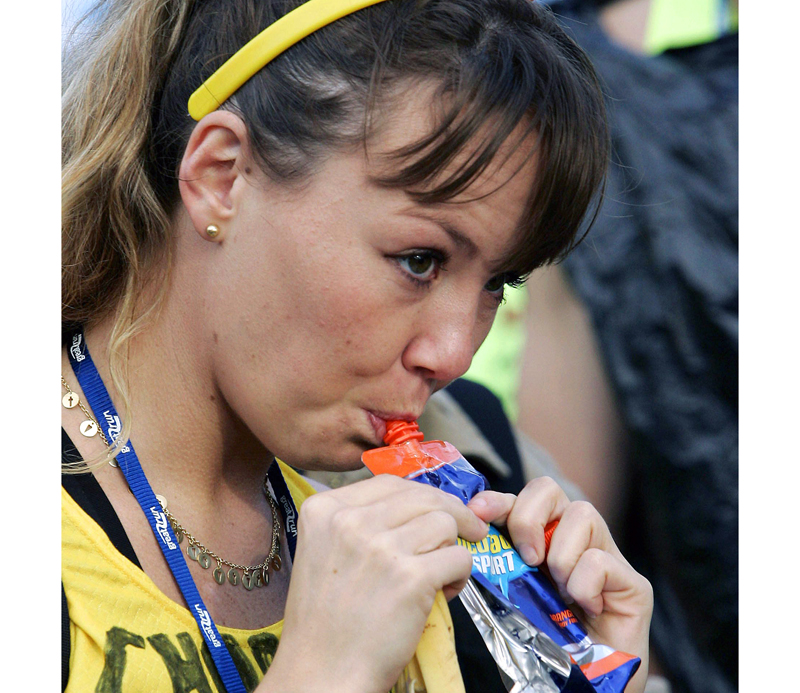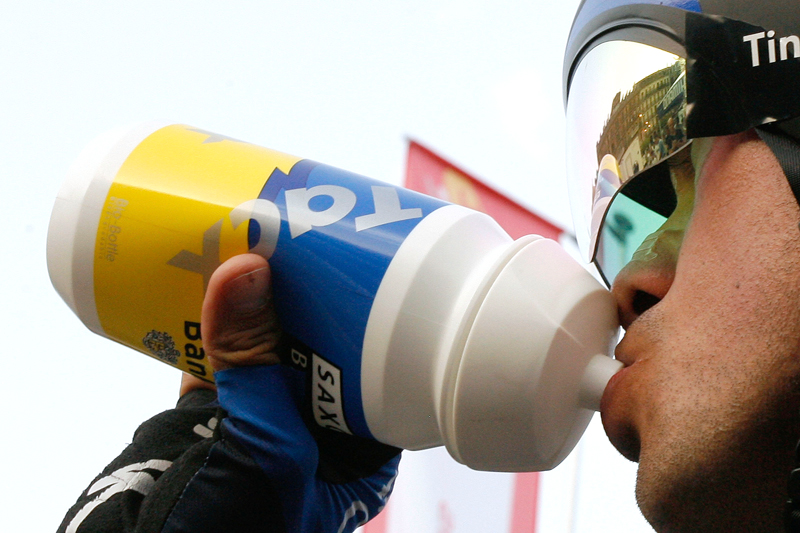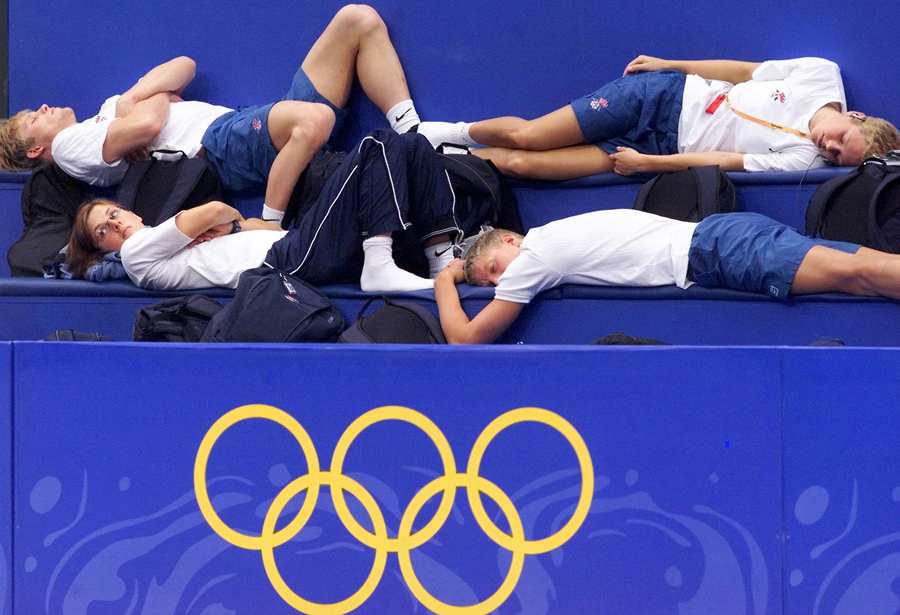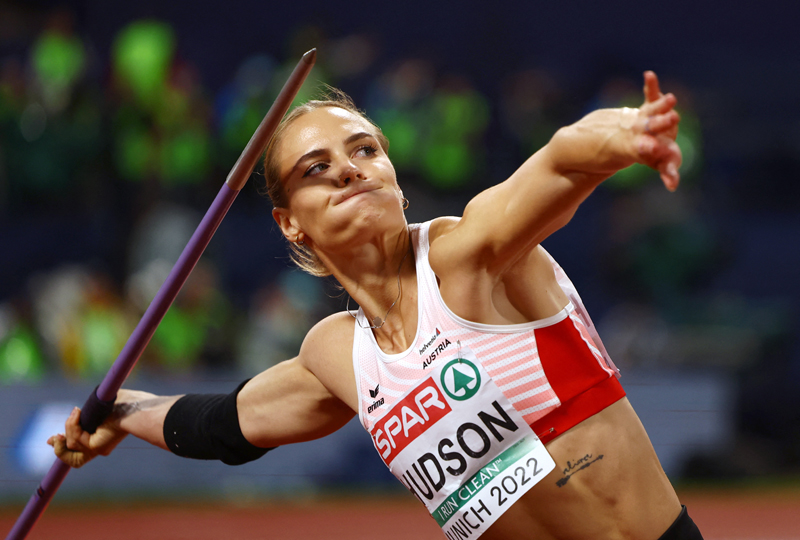Carbohydrate supplementation: two sugars for maximum performance

As regular Sports Performance Bulletin readers will know, recent studies on carbohydrate consumption during exercise have shown that glucose/ fructose mixtures – so called ‘multiple transportable carbohydrates’ – can give a number of potential benefits for endurance athletes. In particular, it seems that at high rates of carbohydrate ingestion (above 60 grams per hour), these glucose/ fructose drinks are more rapidly absorbed, and can therefore supply more energy during exercise, which can help especially in the later stages of a long event or training session; more energy produced from consumed carbohydrate in drinks, and less derived from stored muscle carbohydrate will help preserve muscle glycogen stores. There are other potential benefits too, including better hydration due to increased amounts of water absorbed from the stomach and a reduced perception of stomach fullness after consuming the same volumes of drink.
Despite all these potential benefits, some scientists have questioned how relevant this research is. That’s because most of the research on athletes has been carried out in laboratory conditions consuming only carbohydrate drinks. But during long events such as triathlon, most athletes will consume more than one type of carbohydrate, and often in many forms (liquid, gels and solids such as bars and other snacks). So in these real world conditions, do glucose/ fructose drinks still offer a performance benefit or are the gains so negligible as to be irrelevant? This is a question that scientists have tried to answer.
Triathletes and glucose/fructose drinks
In one study published last year, scientists from New Zealand looked to see what additional benefits competitive triathletes could gain when consuming a mixture of glucose/fructose drinks, gels and bars compared to consuming glucose-only drinks, bars and gels [ Med Sci Sports Exerc. 2017 Aug;49(8):1734-1744]. To do this, 74 well-trained male triathletes with at least two years experience of racing participated in a double-blind randomised controlled trial, which spanned two national-body sanctioned half-Ironman triathlon races held three weeks apart. In both of these two races, the triathletes consumed 94 grams of carbohydrate before the cycle leg then continued to consume carbs during the cycle (2.5 grams per kilometre) and run (7.8 grams per·kilometre) legs. Overall, 25% of the energy was supplied by gels, 35% by bars and 40% by drinks. However, in one of these races, the triathletes consumed just glucose-only carbs while in the other race, they consumed just glucose/fructose carbs. Importantly however, neither the triathletes nor the researchers knew which carbohydrate type was being consumed in which race (double blinded). This was to ensure there could be no placebo effect!What they found
When the times and feedback from the two races were statistically analysed, the key finding was that there was a small but significant benefit when using the glucose/fructose drinks, bars and gels; on average, the triathletes reduced their overall race times by around 0.53%. It was also observed that the glucose/fructose products possibly lowered nausea during the swim and bike legs; otherwise, effects on gut comfort and perceived energy were negligible. Overall though, the scientists concluded that even though the performance gains are modest, using glucose/ fructose products during longer events (instead of glucose-only products) is a worthwhile strategy.Implications for endurance athletes
This is a noteworthy study as it’s one of very few that has looked at real endurance athletes competing in real race conditions consuming a mixture of products. The fact that a large number of triathletes were observed and that the study was double-blinded adds further credibility and validity. Therefore, if you’re competing in a long event (over two hours’ duration) and want to maximise your performance potential, the evidence to date is that consuming glucose/fructose drinks, gels and bars is certainly a worthwhile strategy.PRACTICAL SUGGESTIONS
Here are some tips for fueling a triathlon:- Consume carbs early and often on the bike – it may help get you through your run more easily than drinking later on the bike or during the run.
- Use ‘2 to 1’ glucose-fructose drinks and gels, which are more rapidly absorbed than glucose-only products.
- If you have a particularly sensitive tummy, you might find it best to rely on carbohydrate drinks rather than gels or bars for energy replacement.
- Caffeinated products are best used sparingly and towards the later stages of a longer event, when the fatigue-fighting properties of caffeine are most needed.
- Regardless of your feeding strategy, ensure you arrive at the race start line fully hydrated and carbohydrate loaded.
- Never experiment with feeding strategies on the big day itself – always test them out first in training and make sure they really work for you!
You need to be logged in to continue reading.
Please register for limited access or take a 30-day risk-free trial of Sports Performance Bulletin to experience the full benefits of a subscription. TAKE A RISK-FREE TRIAL
TAKE A RISK-FREE TRIAL
Newsletter Sign Up
Testimonials
Dr. Alexandra Fandetti-Robin, Back & Body Chiropractic
Elspeth Cowell MSCh DpodM SRCh HCPC reg
William Hunter, Nuffield Health
Newsletter Sign Up
Coaches Testimonials
Dr. Alexandra Fandetti-Robin, Back & Body Chiropractic
Elspeth Cowell MSCh DpodM SRCh HCPC reg
William Hunter, Nuffield Health
Keep up with latest sports science research and apply it to maximize performance
Today you have the chance to join a group of athletes, and sports coaches/trainers who all have something special in common...
They use the latest research to improve performance for themselves and their clients - both athletes and sports teams - with help from global specialists in the fields of sports science, sports medicine and sports psychology.
They do this by reading Sports Performance Bulletin, an easy-to-digest but serious-minded journal dedicated to high performance sports. SPB offers a wealth of information and insight into the latest research, in an easily-accessible and understood format, along with a wealth of practical recommendations.
*includes 3 coaching manuals
Get Inspired
All the latest techniques and approaches
Sports Performance Bulletin helps dedicated endurance athletes improve their performance. Sense-checking the latest sports science research, and sourcing evidence and case studies to support findings, Sports Performance Bulletin turns proven insights into easily digestible practical advice. Supporting athletes, coaches and professionals who wish to ensure their guidance and programmes are kept right up to date and based on credible science.









